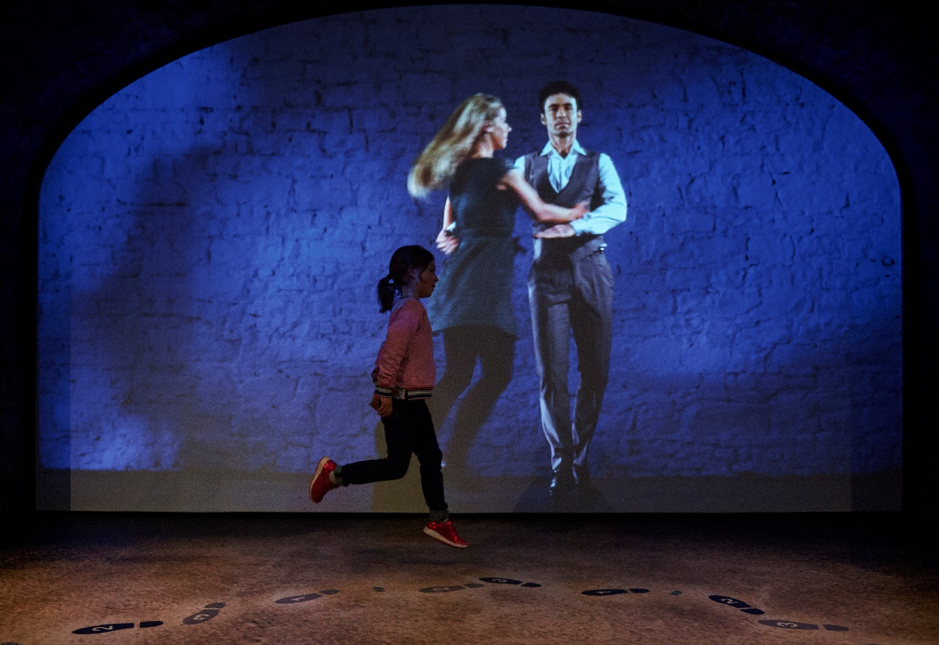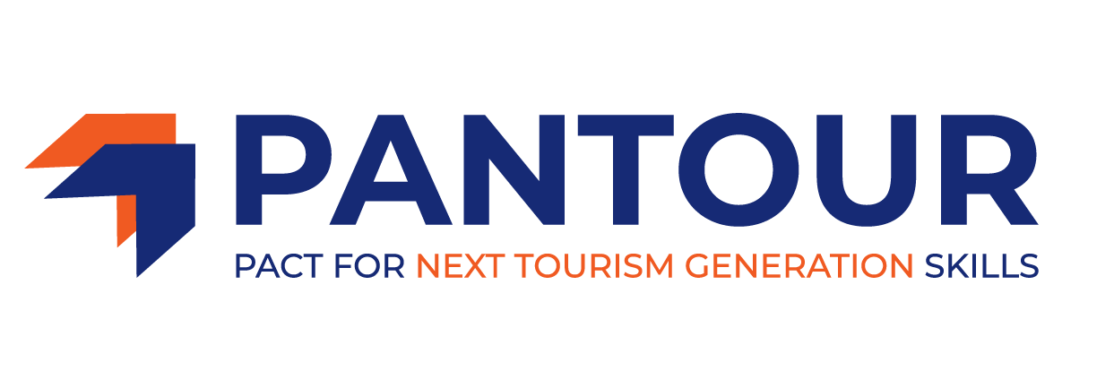Digital Museums: EPIC The Irish Emigration Museum, Dublin Ireland
Technology is transforming visitor attractions. The use of digital technology is now commonplace in attractions, including museums, to engage visitors, enhance their experience, interpret information and bring history and stories to life. Today, visitors can see and expect more uses of technology in museums including interactive media exhibits, use of smartphones, augmented and virtual reality and interactive apps, to create memorable and personalized experiences. Additionally, virtual tours have played a key role in engaging with visitors during Covid-19. Digital skills are thus becoming increasingly important in the tourism industry. The importance and demand for digital skills across tourism sub-sectors is highlighted by the Next Tourism Generation Alliance.
In this blog, key NTG partner TU Dublin (School of Hospitality Management and Tourism), highlights the uses of technology at a Dublin visitor attraction: EPIC The Irish Emigration Museum. This innovative and interactive museum includes immersive technology displays, audio-visual pods and film footage to tell the story of the Irish diaspora and the history of Irish emigration to other countries. Please see: EPIC – About the Museum.
We asked Sean McGettigan (EPIC Operations Manager) about technology at the museum, digital skills and being a digitally present museum during Covid-19:
Could you please tell us about EPIC?
Please see: EPIC – The Irish Emigration Museum.
EPIC The Irish Emigration Museum is located in Dublin’s Docklands which covers the history of the Irish diaspora and emigration to other countries. It was designed by the London-based design firm Event Communications and was voted as “Europe’s Leading Tourist Attraction” at the 2019 and 2020 World Travel Awards.
EPIC is a privately-owned museum, founded by Neville Isdell, former chairman and Chief Executive of The Coca-Cola Company, who was born in County Down and was officially opened in May 2016 by former President of Ireland Mary Robinson. EPIC is located in the vaults of CHQ Building, a listed building originally known as Stack A and built in 1820 by John Rennie and completed by Thomas Telford; it was used as a bonded customs warehouse for tobacco and wine and was conserved and restored in the early 2000s.
The Irish Times described EPIC as: “the world’s first fully digital museum and had 120,000 visitors in its first year”, when it was nominated for the European Museum of the Year Award in 2018. EPIC went on to win the World Travel Awards for Europe’s Leading Tourist Attraction in 2019.
The exhibition is made up of twenty galleries which are each individually themed, and fall under the headings of Migration (Galleries 1 to 2), Motivation (Galleries 4 to 7), Influence (Galleries 8 to 18) and Diaspora Today (Galleries 19 to 20).

EPIC ‘Discovering Gallery’
How is technology used at EPIC to engage with visitors and enhance their experience?
“EPIC the Irish Emigration Museum is the world’s first 100% digital museum, the visitor experience in the museum is built around their interaction with the technology which we use in the museum.”
This technology ranges from touch screen exhibits, where our visitors can read digital copies of letters sent home to Ireland (by emigrants) describing their experiences in the new countries which they have settled in, to watching movie presentations of emigrants recounting their lives and the push factors for them to leave Ireland.
All throughout the museum, the visitor will be completely immersed into the emigrants journey recounting their tales of success and sorrow”. You can take a Virtual Tour of the museum to experience this for yourself here: EPIC Virtual Tour.

EPIC ‘Storytelling Gallery’

EPIC ‘Music Dance Gallery’
What current digital skills are important for employees?
“For the employees in the museum, they are regularly taken on tech walks by our IT team. This allows the employees to understand how the technology works, so to answer any questions which our visitors may have, for example there is over 41 km of cables running through the museum, with 33 projectors, 138 media players and 30 P.C.’s. The employees will learn how to use this technology, in the event there is a technology failure and how to correct any challenges”.
“At EPIC, we also have a digital marketing team, who are very prevalent on all social media platforms, responding to visitor questions and also marketing the museum as a destination. We try to ensure that we are on hand to engage with our visitors not only during their visit to the museum but also pre-arrival and post-departure”.
“Our education team is also on hand to deliver and stream workshops on an ongoing basis. This includes workshops for toddlers (Tiny Tots), to primary school students (Coding Workshops, Emigrant Suitcase, specialized subjects) to secondary students and adults”.
How has EPIC used technology during Covid-19?
“The website, our app and other social media platforms have been used to communicate to our visitors the actions which EPIC the Irish Emigration Museum have taken to ensure the health and safety of our staff and visitors. This includes having hand sanitizer units in each of our galleries, providing stylus pens to each of our visitors at the ticket desk so they can engage with our touch screen exhibits, encouraging our visitors to download the EPIC app, which includes the museum audio guide so our visitors can gain additional information for their journey through the museum. Since the arrival of Covid-19, all visitors (except for those under the age of 13 or those with respiratory illnesses) are advised to wear a face mask when they arrive to the museum”.
“EPIC also provides virtual tours of the museum, which is very useful for our visitors with special needs, who can orientate themselves with the museum prior to their arrival”.



No Comments